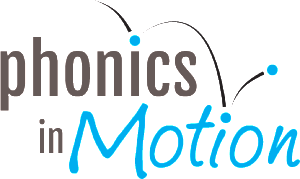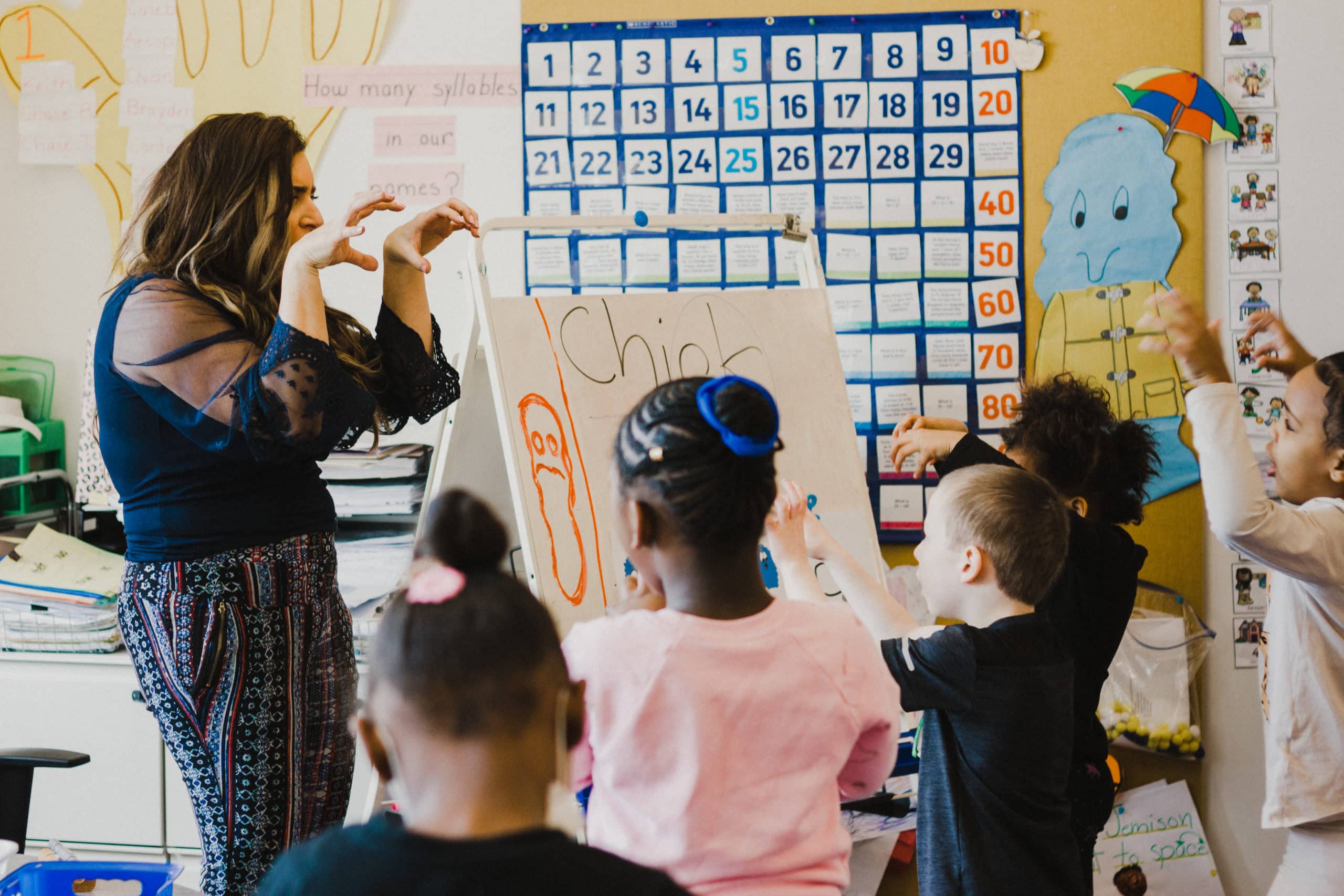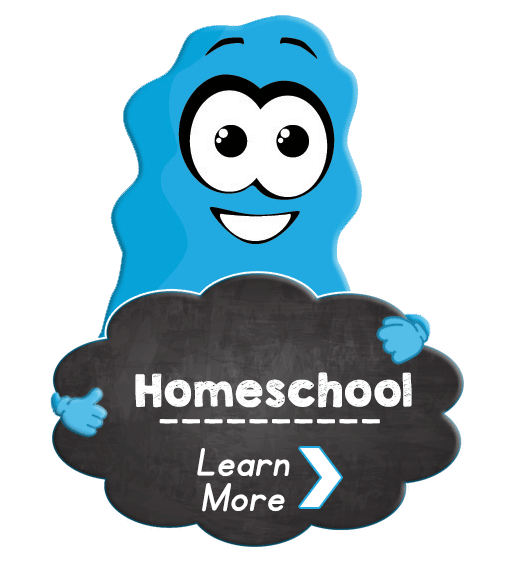How To Teach R-Controlled Vowels To Kids
Teaching r-controlled vowels can be one of the trickiest parts of teaching reading skills. Understanding these phonics sounds will significantly boost students reading and writing skills and are an integral part of kids’ literacy development.
To teach r-controlled vowels to kids, introduce the concept, look at words with r-controlled vowels, find and identify r-controlled vowels, and then talk about tricks and rule-breakers.
What Is An R-Controlled Vowel?
An r-controlled vowel is a vowel that, when followed directly by the letter R, produces an alternate sound.
The sound created by an r-controlled vowel is neither a long or a short vowel sound and can take the learner some time to master. R-controlled vowels are important because they affect the way a child both decodes the language they read, as well as spell and write many common words.
What Grade Do You Teach R-Controlled Vowels To Kids?
The development of language skills can vary greatly from child to child. It is always important to respect each child’s individual learning styles and pacing. Most children are ready to learn about r-controlled vowels once they have a solid grasp of phonemic awareness.
The importance of good phonemic awareness is vital. Children should know how to identify parts of words, including the common long and short vowel sounds, before introducing r-controlled vowels.
Teach r-controlled vowels in first grade, and continue to solidify skills through second grade and beyond. This is when most children will be ready.
How Many R-Controlled Vowels Are There In English?
There are five r-controlled vowels in English. They are ar, or, er, ir and ur.
Vowel 1. ar (/ar/ or /er/).
The r- controlled vowel sound /at/ is the most common.
In words such as star, the combination makes the sound /ar/. It can be tricky, however, because in words like caterpillar, this combination sounds like /er/ instead.
To help your students determine which sound the combination makes, show students that the /er/ sound is usually found at the end of multi-syllable words.
Vowel 2. er (/er/)
All of the r-controlled vowels can make the /er/ sound, but the most common is er.
One trick to help remember when to use /er/ is that it is most often used at the end of a comparative adjective (“hotter”), or for words which are also occupations or roles(“teacher”). However, this is not absolute, and an example of how learning this concept can be tricky!
Vowel 3. ur (/er/)
The combination of ur makes the /er/ sound.
Usually, ur is found in the middle of a word, but this is not absolute, as there are no rigid rules about use.
Vowel 4. ir (/er/)
The combination of ir always makes the /er/ sound.
To help students remember when to use ir, it is frequently used in the middle of a word (like in “bird”) and is usually (not always) followed by the d, m, t, or th sounds.
Vowel 5. or (/or/ or /er/)
This combination can make either the /or/ or the /er/ sound.
The /er/ sound is most common when the letter combination is proceeded by the letter w. This w modifies the /or/ sound into a /er/, as found in “worm.”
At the end of a word, “or” will also usually sound like /er/.
How Phonics in Motion Teaches R-Controlled Vowels
Teaching kids r-controlled vowels in a traditional way is a lot of work, and it is easy to lose kids’ attention. Phonics in Motion focuses on giving kids a kinesthetic motion to help them learn these tricky sounds! Here are some of the easy ways we teach kids to connect the dots between sounds!
Step 1. Teach KMPs for R-Controlled Vowels
Phonics in Motion has a different KMP(kinesthetic motion for the phoneme) for each r-controlled vowel! Start out by teaching kids the different KMPs, and practice them through poems, songs, and authentic language! KMPs give children tons of information about how the sound is produced. They help children hear, see, and feel each sound. With r-controlled vowels it is particularly important to have a method to distinguish between these sounds since they sound so similar. Our approach is to make sure that kids are fully engaged in the learning process.
Step 2. Identify The Sound
In Phonics in Motion, we always check with the students to make sure they can identify the r-controlled vowel. We always say, “Show me what you hear!” This gives kids an opportunity to demonstrate with the KMP. With r-controlled vowels it is particularly important to have a method to distinguish between these sounds since they sound so similar. Since it is so important to identify the different r sounds, we spend time solidifying sound identification before moving on.
Step 3. Mark The Sound
In our unique Language Calendar, we mark r-controlled vowels in a way that helps children truly understand the sound. The Language Calendar is our opportunity to engage students in modeled writing and collaborative learning. It gives them a chance to tie together the KMPs and written language to fully comprehend the sounds and their differences. Instead of making a typical line, we mark in a rolling motion to ensure they can match the sound’s KMP.
R-Controlled Vowel Activities
Many children have different learning styles, and all kids benefit from energetic, fun, and sensory-friendly learning methods. We want kids to be engaged and immersed in the spirit of learning, so we believe in keeping it fun and tapping into that high energy!
Once you know the basics of incorporating KMPs and language rules, you can really turn any activity into a learning opportunity! Lean into your kids’ interests and let them take the lead.
Some r-controlled vowel activities are board games, scavenger hunts, picture/word matching, and clay words.
Activity 1. Board Games.
Some fun ideas for games include creating r-controlled boggle boards for kids, r-controlled bingo games, or playing “wheel of fortune” where children guess what letters form the r-controlled word(s) on the board. Or, take any game your kids like and turn it into a learning experience! Monopoly? You want to get rich/er/ and rich/er/!
Activity 2. Scavenger hunts.
Scavenger hunts, formal and informal, give kids a chance to get up and engage their minds and body. Try searching for words in books, posters, magazines or signs that contain r-controlled vowels, or even objects whose name contains r-controlled vowels. Make sure you remember to use the KMP!
Activity 3. Picture/ word matching.
Have children with cards picturing r-controlled vowel words and match them with cards that have the name of the object on them. This allows visualization and familiarization with common r-controlled words. Pretty soon, you’ll notice them picking out r-controlled vowels in their own texts!
Activity 4. Clay words.
Give the children modeling clay and have them roll and form the clay into letter shapes to spell out r-controlled vowel words. The combination of fine motor and sensory engagement will help with learning and memorization.
Not only are you teaching them a language rule, but you’re also helping them strengthen up those ever-important writing muscles in their hands!
Get Started With Phonics in Motion
We teach r-controlled vowels by tying together the KMP Routine, the Reading & Writing Monster Handwriting Routine, and the Vowel House Routine. We take skills learned in each of these separate routines and demonstrate modeled writing through the Language Calendar. All of these routines are available individually or can be purchased in our Complete Classroom Routine Bundle and our Complete Homeschool Routine Bundle






